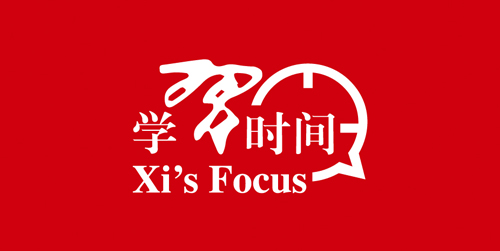Chinese hotpot (aka huoguo) is one of the most popular meals in China. So where does it actually come from? Why is it so important in Chinese cuisine? What's in it? Why is it an ever sweltering topic? How does it stand the test of time? Time to dip into the hotness.
The hotpot table consists of a simmering metal pot with broth placed at the center of a table, and all raw ingredients placed adorning its flanks so that all guzzlers can add and cook whatever fresh ingredients may flavor their day in the boiling broth.
With around 2,000 years of history, hotpot is a quintessential feature in Chinese cuisine and even an essential part of social life in the nation. When you eat hotpot at a restaurant, you will generally have two types of soup base: spicy and clear. A clear soup base has a mild flavor made by cooking seafood, or meat bones like chicken or spare ribs, or mushrooms with ginger or other lighter seasonings. A spicy soup base usually has Sichuan pepper, chilies, red chili oil, the fireworks.
The meat can be beef, mutton, lamb, chicken, duck, fish, or prawns. Veggie lovers, have no fear! A variety of "green" goodness, too, is here. Mushrooms, potato slices, cabbage, tofu, and even glutinous rice cakes (mochi) for those with more gourmand gusto… All these are usually served with dipping sauces, made by mixing your choice of sesame sauce, chili oil, soy sauce, garlic sauce, vinegar, pepper sauce, seafood sauce, green onions, etc. Try before you die.
China takes pride in its wide-ranging appetite for the meal with the northern and southern regions presenting different styles of hotpot that differ mainly in terms of soup base and dipping diversity.
Traveling up north, Beijing-style hotpot comes in No.1 with its broth only slightly seasoned using ginger, scallion, jujube, and different spices. Catering to carnivores, specifically, you cook the thinly hand-sliced meat to melting-on-the-tongue perfection inside a volcano-shaped copper pot before adding the final touches of a dipping sauce mainly made from sesame paste (majiang).
On the southern side of all things hot, hot, hot, Chongqing-style hotpot proves most popular. Its base mainly consists of red chili oil and the typical dip contains sesame oil mixed with crushed fresh garlic and cilantro. Keeping it spicy, Sichuan hotpot, favored on the menu of yours truly, is arguably China's most famous take on the meal. With its borderline numbingly fiery flavor, courtesy of the local pepper (huajiao) and other scorching ingredients like chilies, it's a standout among the hotpot lot.
Hotpot is a trendy topic and today accounts for 22 percent of the dishes sold at restaurants across China, according to a report from food industry giant Meituan Dianping, still gaining popularity among millennials. As far as their grandparents are concerned, hotpot is mostly reserved for family gatherings. Yet China's millennial lifestyle is far more varied than those of previous generations. They tend to consider dinner to be more of a social activity. And when it comes to dining out, they travel in packs–us foreigners based here included. Hotpot restaurants with their large round tables here make for the perfect go-to.
Whether you organize a feast at home, head out to Xiabu Xiabu for some me, myself and my own pot time, or visit the Beijing robot-served branch of the dearly beloved Haidilao chain, hotpot is not just a meal. It's also a noun and a verb; the term sizzles with social interaction.
Mark my mochi! Every day is a hotpot day.
(Print Edition Title: Sizzling Cultural Heritage)














